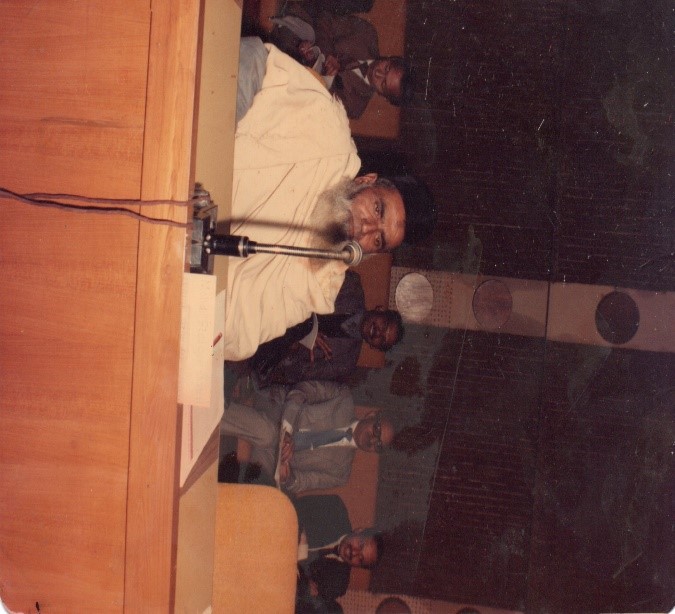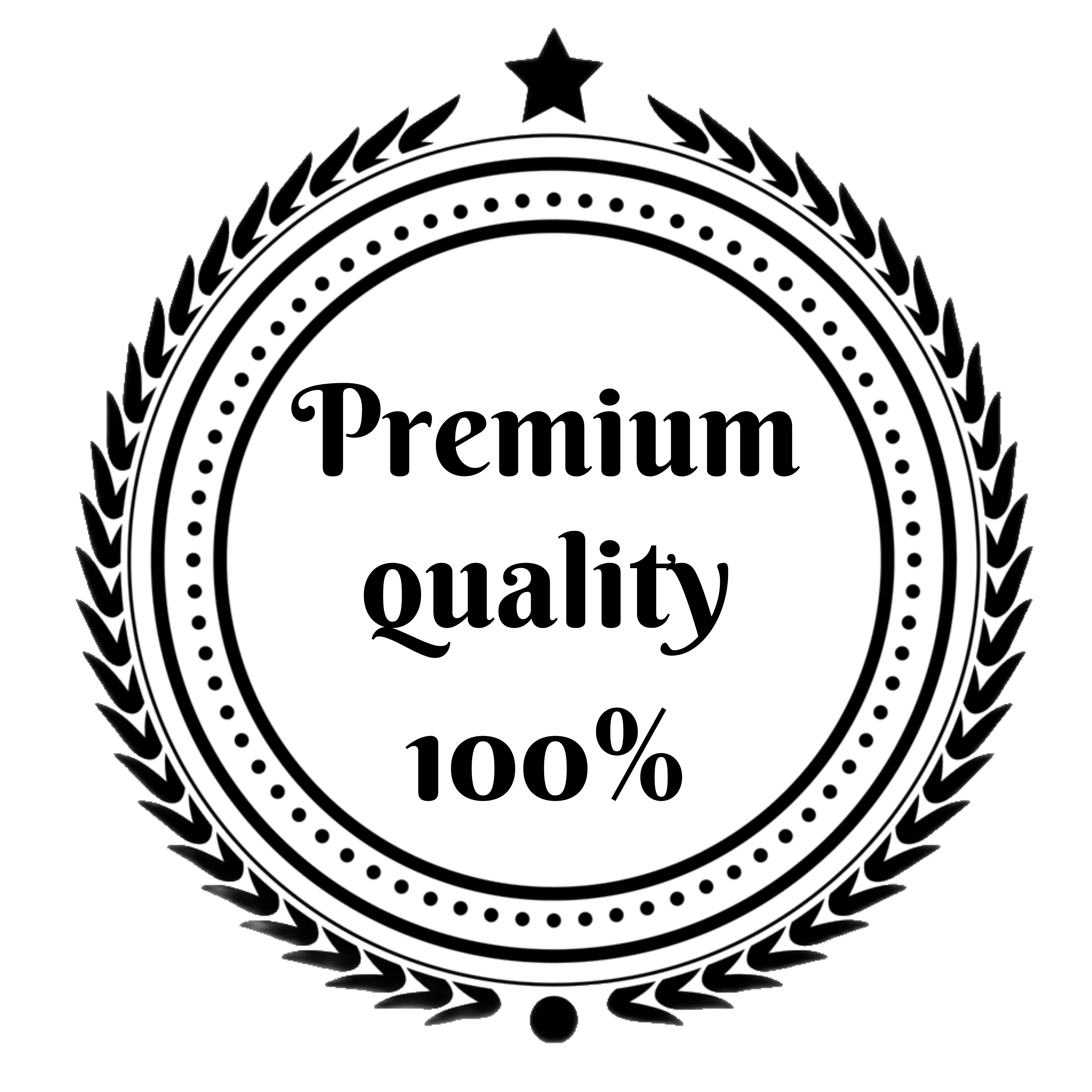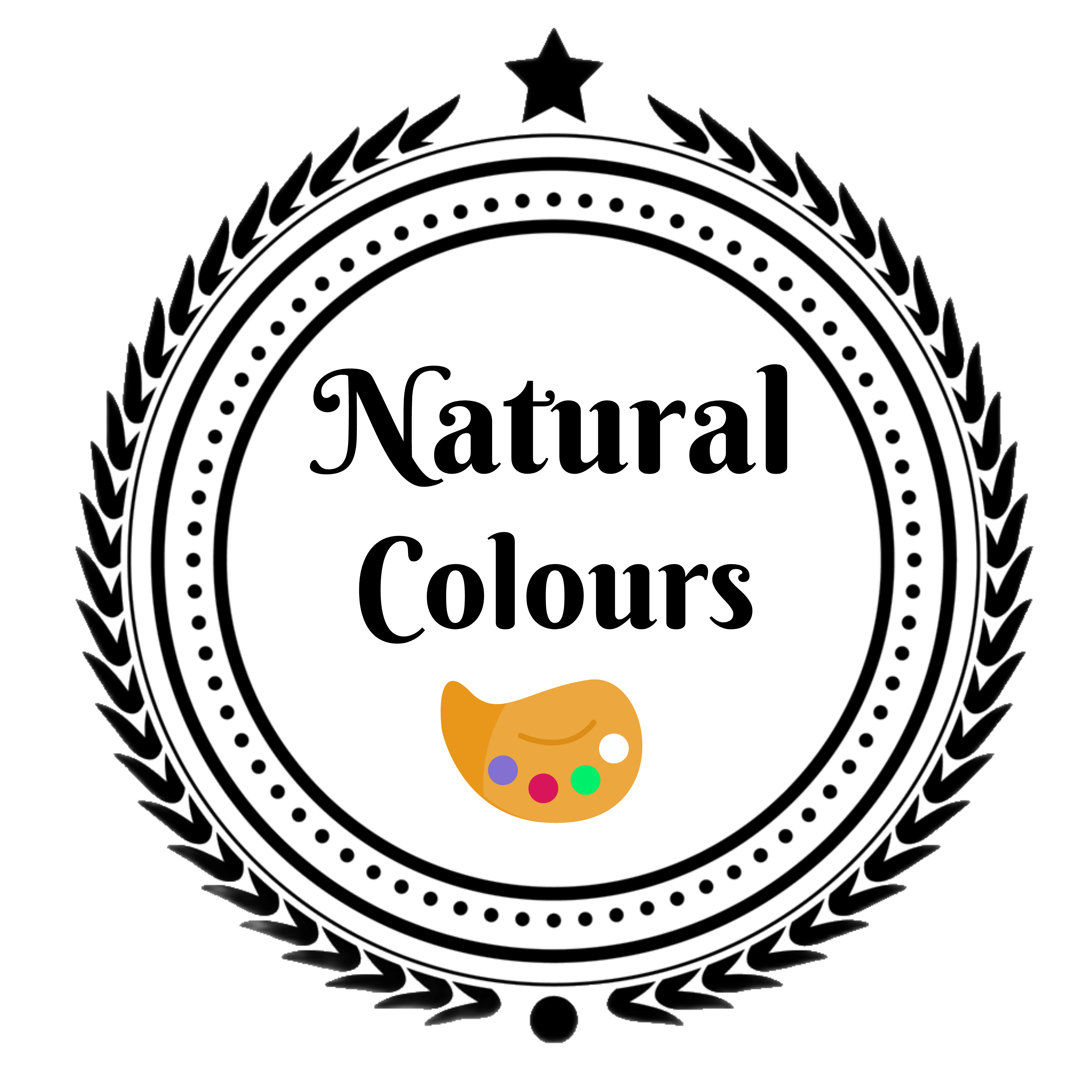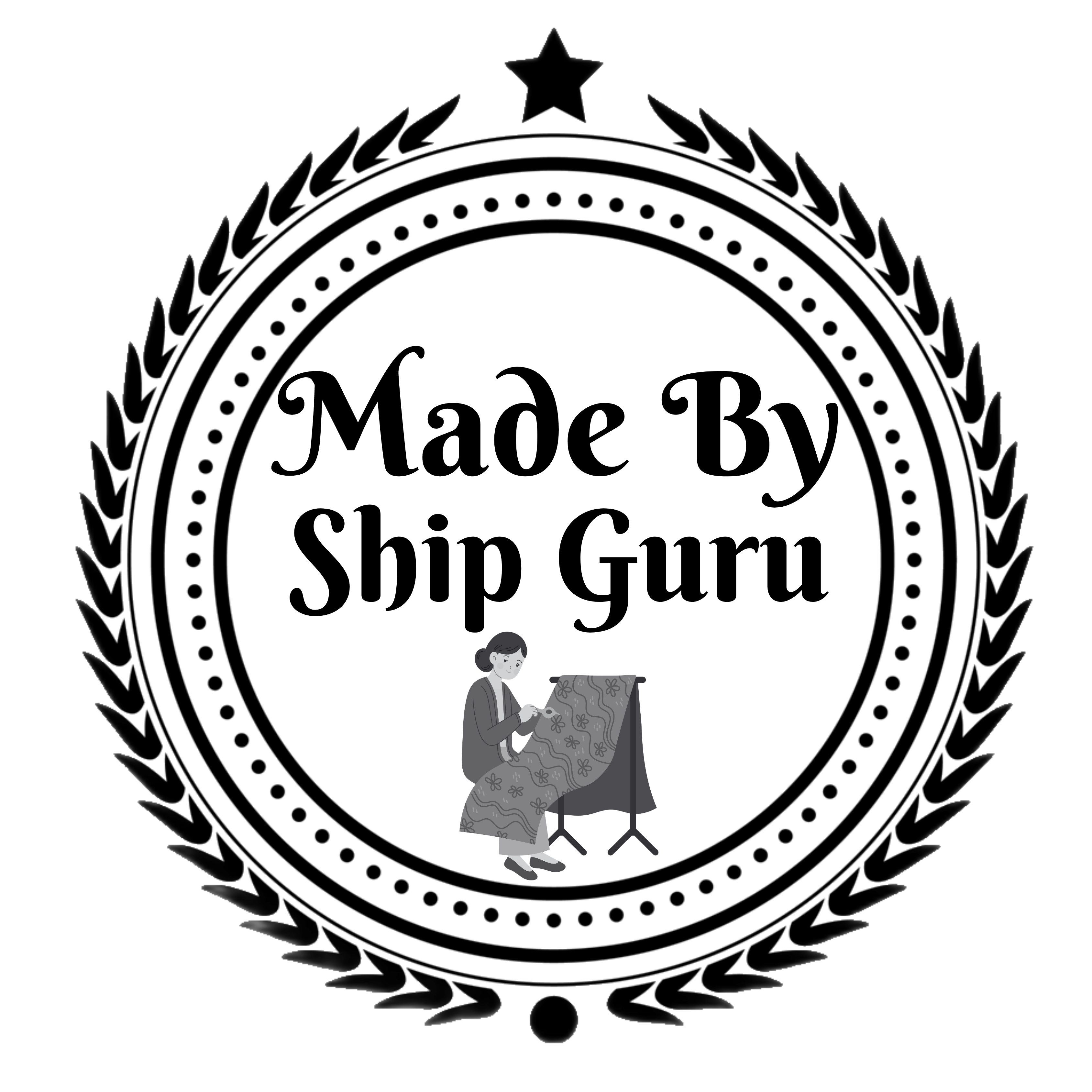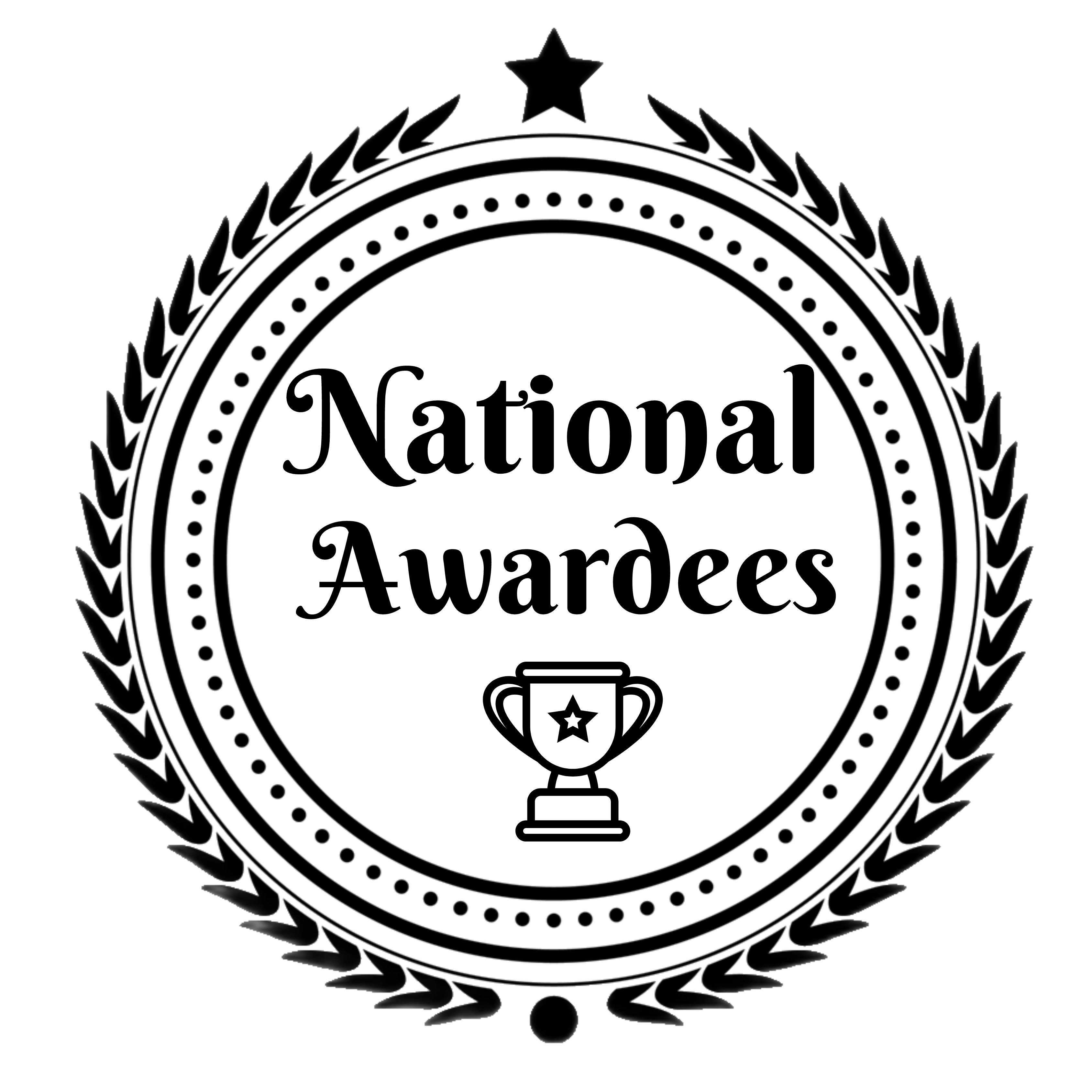The story of AJRAKH and it's revival
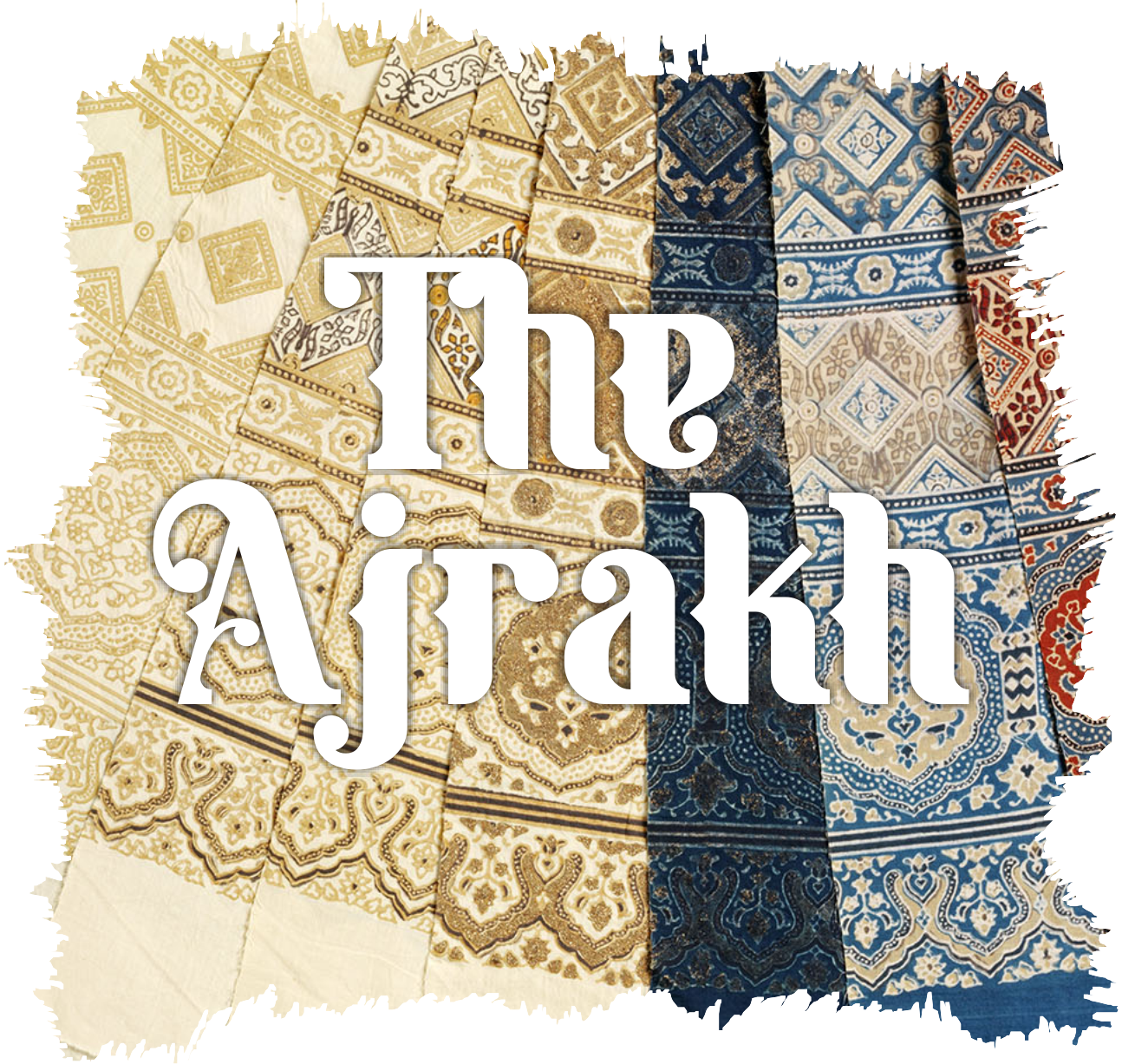 Late Mohammed Siddique Khatri successfully revived the dying traditional craft of Ajrakh hand block printing, working alongside his son Abdulrazak and his two younger brothers, Dr. Ismail and Abdul Jabbar. Over 42 years of dedicated practice, he elevated the craft to new heights, earning it a place of honor in the world of arts and crafts. Their family has practiced this craft in Kutch for 11 generations. Their ancestor, Jinda Jiva Khatri, settled in Dhamadka from the village of Dhado in Sindh Province (now in Pakistan) in the 18th century, at the invitation of the then ruler of Kutch, Rao Bharmalji the First.
Late Mohammed Siddique Khatri successfully revived the dying traditional craft of Ajrakh hand block printing, working alongside his son Abdulrazak and his two younger brothers, Dr. Ismail and Abdul Jabbar. Over 42 years of dedicated practice, he elevated the craft to new heights, earning it a place of honor in the world of arts and crafts. Their family has practiced this craft in Kutch for 11 generations. Their ancestor, Jinda Jiva Khatri, settled in Dhamadka from the village of Dhado in Sindh Province (now in Pakistan) in the 18th century, at the invitation of the then ruler of Kutch, Rao Bharmalji the First.
Abdulrazak was born on June 1, 1958, in the village of Dhamadka, Kutch, as the eldest son of Late Mohammed Siddique Khatri, who pioneered the revival of traditional natural-dyed Ajrakh in Kutch. Abdulrazak learned the craft from his father. He studied up to the seventh standard before deciding to help his father with their work, being the eldest son.
Traditionally, their family produced fabrics for local communities with distinct preferences and customs for each design. Their primary customers included sub-groups of Muslim cattle herders such as Node, Hingorja, Jat, Haelpotra, Sama, Rayshipotra, and others. The family crafted hand block-printed, naturally-dyed Ajrakh fabrics featuring a variety of designs in different block patterns, such as Riyal, Mifudi, Gini, Champakali, Kharek, Pencho, Dubbi Riyal, Kan Kharek, Mohar, Galicha, Bodi Riyal, Rupye Por, Pinjro, Golado, Koyaro, Nasbi, and Kakar. These fabrics were mainly used for regular wear, including lungis (loin cloths worn by men), shoulder wraps, and turbans.
Additionally, they created a fabric called Malir, characterized by red and black colors, and a special design combining block print and Bandhani (tie & dye) called Reto, which was traditionally worn by bridegrooms during weddings. For women, they produced fabrics for skirts with various designs suited to different stages of life, including engagement, marriage, everyday wear, motherhood, elder age, and widowhood.
Ajrakh is a complex process of printing and dyeing that creates patterned fabric with intricate block designs, offering a unique aesthetic with few parallels. This centuries-old craft was on the brink of extinction in the 1970s when Abdulrazak and his family took the initiative to revive traditional techniques and reinterpret the craft for contemporary markets.
After the 1950s, with increasing droughts, local customers—primarily cattle herders—found it difficult to afford original Ajrakh. The introduction of synthetic dyes led to cheaper versions of Ajrakh being produced by printers, causing a shift away from the original craft, which used natural dyes. Shortcuts involving chemical dyes became common. However, Late Mohammed Siddique Khatri was dissatisfied with chemical dyes and remained determined to preserve the traditional methods of Ajrakh, despite being forced to produce fabrics with chemical dyes to sustain their livelihood. He often spoke passionately to his son Abdul Razak and his brothers about the importance of maintaining their original tradition, encouraging them to master all the techniques, even if they did not sell easily. This conviction resonated with Abdul Razak, who began to believe that they should not abandon their traditional craft and diligently learned the methods of traditional Ajrakh block printing from his father.
In the 1960s and 1970s, the central and state governments made efforts to sustain and promote traditional crafts. The Gujarat Government established the Gujarat Handicraft Development Corporation (GSHDC) to market local crafts under the brand name Gurjari. When officials from Gurjari visited their village to learn about the Ajrakh craft, a young Abdul Razak explained the uniqueness of their original work and how they had been forced to shift to cheaper printed fabrics. He showcased examples of the work he and his father had created. Recognizing the value of this rare craft, Mr. B.B. Bhasin, the Managing Director of Gurjari at the time, encouraged them to revive the traditional practice by placing orders with them. Though it was challenging, the family persevered in producing original Ajrakh. Abdul Razak collaborated with the designer assigned by Gurjari to develop new block designs and experiment with traditional techniques to create products like dupattas, sarees, bed covers, and yardage. GSHDC provided a market for these new products, leading to the revival of the original Ajrakh craft.
Gradually, visiting designers and buyers were drawn to the naturally dyed printed fabrics created by Abdul Razak and his family. Abdul Razak soon realized that natural dyes had significant potential and began developing new product samples to showcase to visiting buyers and designers from outside, who had started coming to Kutch. He began taking a few pieces to exhibitions outside the region and was eventually able to establish a regular production line.
While the traditional Ajrakh colors were indigo, red, black, and yellow, Abdul Razak and his family experimented with new shades, creating additional tones of black, gray, red, and golden yellow.
